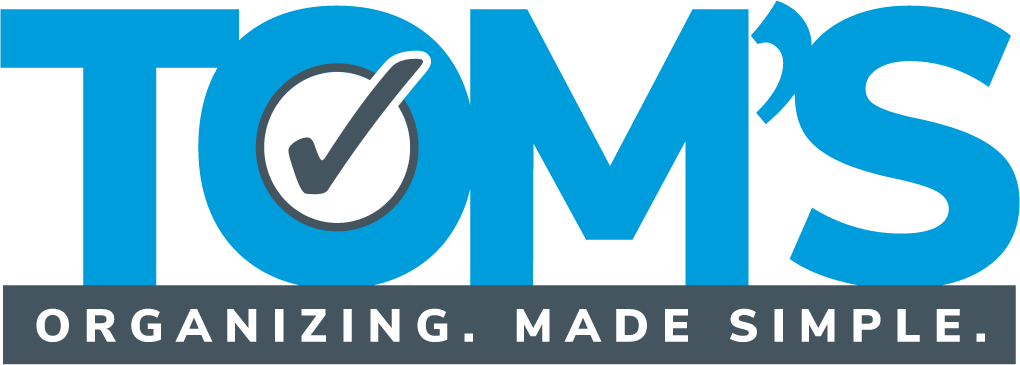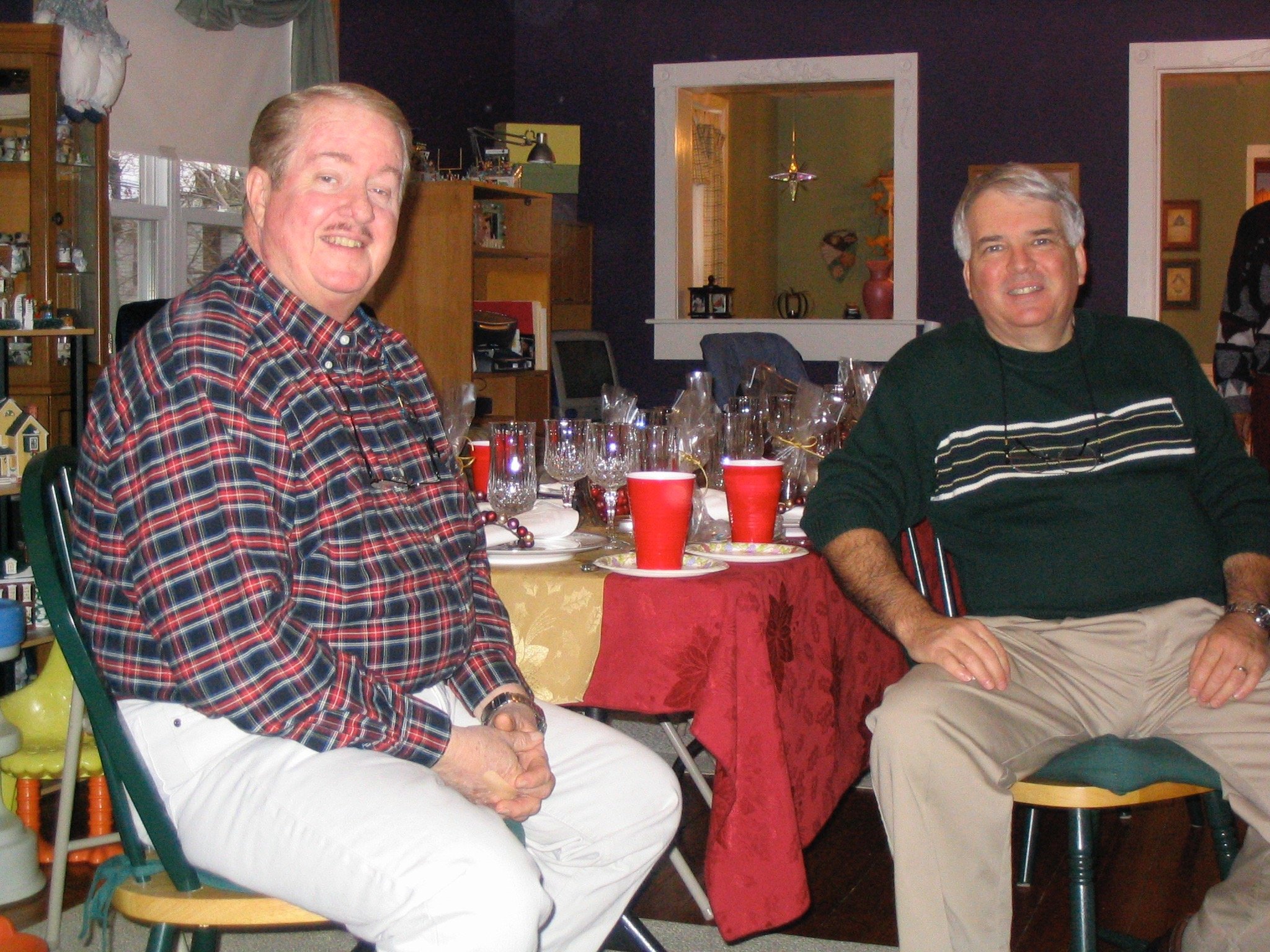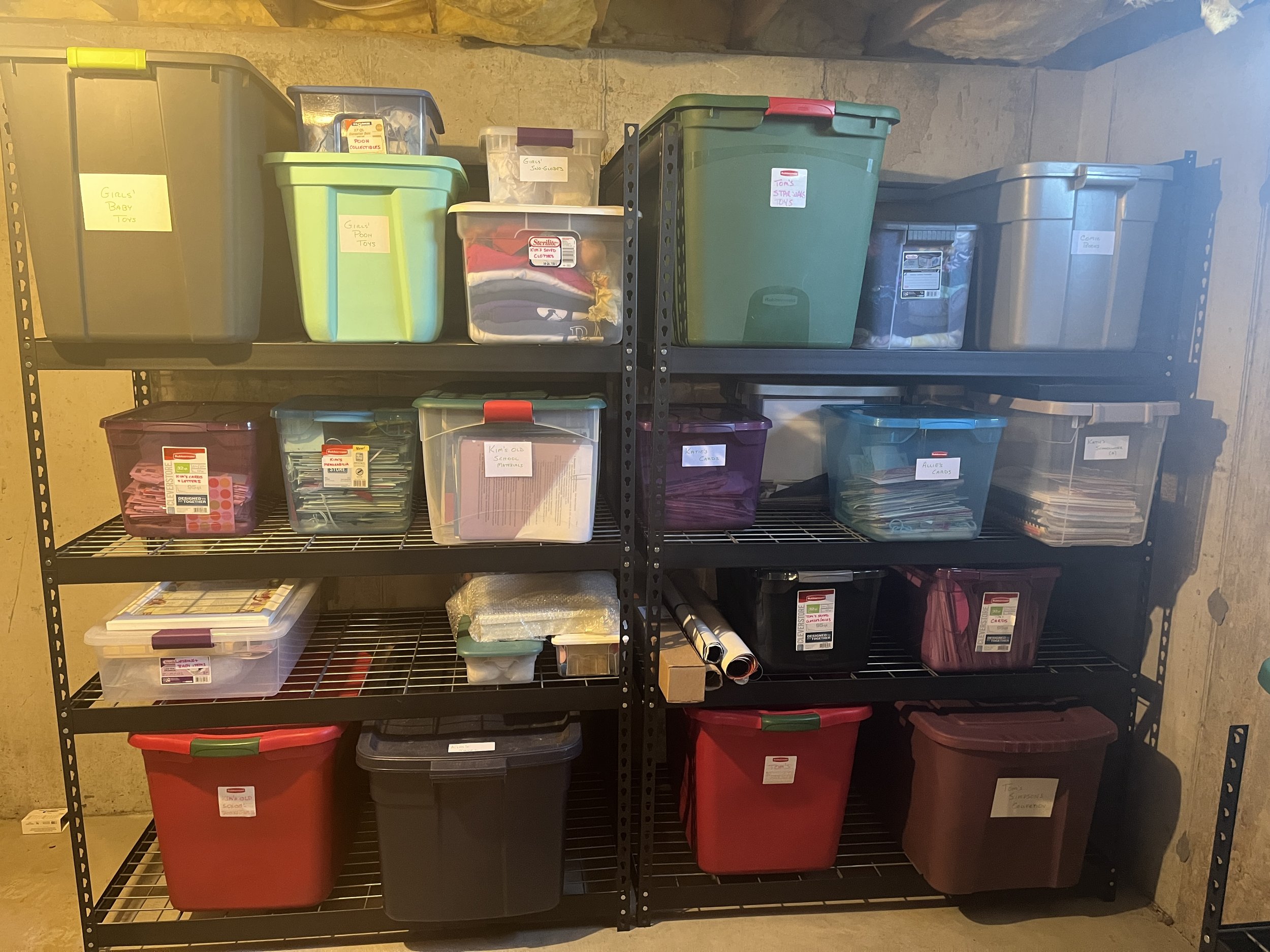When potential clients talk with me about getting organized, I often hear the same reasons for wanting to do so:
“I have too much stuff and need to get rid of a lot of it.”
“I feel completely overwhelmed, and I don’t want to feel like that anymore.”
“I want to be able to walk into my (insert name of room) and not be disgusted.”
“Getting organized will help me regain some control over my life.”
For clients I have worked with, the reasons they have shared are honest and legitimate. But there’s one motivation that I haven’t heard someone say, but it’s a great one:
“I want to find money!”
To be clear, no one is going to get rich from the amount of money they find when they organize. But to paraphrase Benjamin Franklin, “A penny found is a penny earned.”
It has been my experience - and perhaps I should use this in my marketing materials - that every single client I’ve worked with has found money during our organizing sessions. That’s right - 100%. Not every session has uncovered cash, mind you, but it sure is fun watching clients react when we find whatever amount of money we find.
While most of my clients have found pocket change - with some clients being able to buy something decent at a convenience store with how much they found - other clients have found everything from uncashed checks and unused gift cards to “Make it Rain” money.
Is the possibility of finding money worth getting organized? Absolutely! Let’s explore some of the places you should look for money as you organize your home.
Clothing. A major source of my clients’ frustration when we organize is their clothing. Specifically, they don’t like going through it all and seeing what still fits, what they want to keep, what needs to get washed, and how much they want to downsize. Whether clients want certain clothing or not - and we go through every item - we check all pockets. Why? Imagine that you decide to donate a bunch of clothes and didn’t bother checking the pockets … and you just gave away money, personal items, or both. That’s good for them, not so much for you.
One of my clients recently found two $100 bills in the inside pocket of one his suit coats that he considered donating. He remembered why he had put the money in there - which happened months before our session - and was obviously thrilled to find it.
Another client was going through her daughter’s laundry as we organized and found two uncashed checks from her daughter’s place of employment. My client was not surprised and said that we can expect to find all kinds of things when we get to organize her daughter’s bedroom. I can’t wait!
Greeting cards. When people care enough to send the very best, they often complement the nice sentiment with money or gift cards. All too often, however, the gift stays with the card when the latter gets put away. My youngest daughter has put birthday and Christmas cards in her desk drawer or memory box with the money still inside. You can imagine her surprise - and my eye roll - when she eventually found the cash.
My daughter definitely isn’t alone. A client and I were organizing his basement when we came across his teenage son’s stuff that had been down there for some time. We found in various birthday cards a total of $35 in cash that my client promptly pocketed. “Obviously, he didn’t want it,” he said. “Finders keepers.”
Handbags/purses/wallets. I’ve had clients who have wanted to get rid of old handbags (both large and small), purses and/or wallets; if they’re in good condition, they are all great items to donate. They are also great places to find money.
One of my clients wanted to organize her home office, and in her closet she had a number of handbags since she traveled a lot for work. We found some old IDs but also some cash, loose change, and a couple gift cards (not to mention some cool swag from vendors).
Junk drawers. There’s a reason junk drawers exist (though I still contend they don’t; I’m in the minority, I know). They collect everything - including money.
For example, I was helping a client organize her kitchen. When I got to her junk drawer, I found the following among the random collection of stuff:
a VISA gift card;
a Wegmans gift card;
her AmEx credit card;
loose change;
her health insurance card (this is true).
“Mystery” containers. Mystery containers are what I call bins, boxes, and the like that contain a variety of unrelated things that wound up getting thrown together due to a move, a cleanup, or just life happening. While mystery containers are often found in a basement, they can be found almost anywhere around the house … and they often contain some form of money.
Call me Dora because I love exploring mystery containers with my clients, because neither of us has any idea what we will find. We typically find coins in mystery containers, but in various sessions I have found for clients - because it’s not mine to keep - a $20 bill, a Panera gift card, $17 (a collection of money from one client’s different containers), multiple debit cards (some expired, some not), and an uncashed check for $180, to name just a few monetary surprises.
Kids’ stuff. OK, this category is a bit nebulous, but you can count on kids - I’m talking age 10 or younger - to leave money laying around in all kinds of unique places.
One of my first clients, for example, wanted to see how we could organize her two boys’ toys. As we worked, we found coins in their play area, the basement (both in their toy bins and on the floor by - and under - their bins), in their art supplies, their bedroom, and even the guest room where her parents would stay and where the kids would hang out. We might not have filled a tip jar with all the coins we found, but it would have been nicely stuffed, for sure.
Incidentally, finding money is a great motivator to help kids get involved with the organizing process. One of my clients, for example, wanted to organize her family room that was filled primarily with her 6-year-old daughter’s toys. She got her daughter to buy in by being allowed to keep whatever money she found, whether it was on the floor, in the sofa cushions, or wherever. Her daughter was a big help and took some nice change to her bedroom.
Organizing and finding money go hand in hand, at least in my experience, You are likely to find money somewhere in your home. As you consider your motivations for wanting to get better organized, know that you’ll be a little richer for it, literally and figuratively!
_____________________________________________________________________________
Tom Harper is owner of Tom’s Organizing Made Simple LLC, a Bethlehem-based company dedicated to helping people declutter and organize their space, stuff, time, and/or tasks. Follow TOM’S on Facebook or Instagram.








